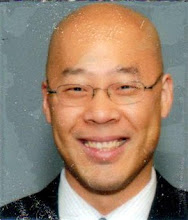Cathy Young explores the tension between intellectual property and free expression in the context of the "sequel" to Cather in the Rye:
The U.S. Constitution authorizes Congress to enact copyright laws "to promote the progress of science and useful arts"; the Copyright Act of 1790 mentions "the encouragement of learning." Yet copyright law in its present form often seems to do the exact opposite. A few years ago, Margaret Mitchell's estate tried to stop the publication of a novel called The Wind Done Gone retelling Gone with the Wind through the eyes of a black slave. The grandson of James Joyce, Stephen Joyce, has used his position as administrator of the writer's estate to terrorize scholars, block the staging of a play by Joyce and readings from his work at a festival, and kill a multimedia project based on his grandfather's famous novel, Ulysses.
Borrowing is an essential part of the creation of culture. If we eliminated all derivative works, we would lose, among other things, Shakespeare's Romeo and Juliet (based on a story by an Italian writer), and Jean Rhys's acclaimed novel Wide Sargasso Sea, the story of Mr. Rochester's mad wife from Charlotte Bronte's Jane Eyre. Of course, classics have also inspired mediocre sequels or reimaginings, such as third-rate novels that continue the story of Elizabeth and Mr. Darcy from Jane Austen's Pride and Prejudice. But that's for readers to decide.
Copyright terms of protection have certainly extended, thanks in no small part to the efforts of the Mouse House, and reflects a trend toward protecting established producers of culture, effectively raising the barrier of entry into the creative space. Some of the arguments are understandable, such as a desire on the part of authors to protect their characters, much like the rationale behind the doctrine of droit d'auteur in European systems.
The question is, at what point does the protection cease to reward innovation, and ends up rewarding those who rest on their laurels?


No comments:
Post a Comment